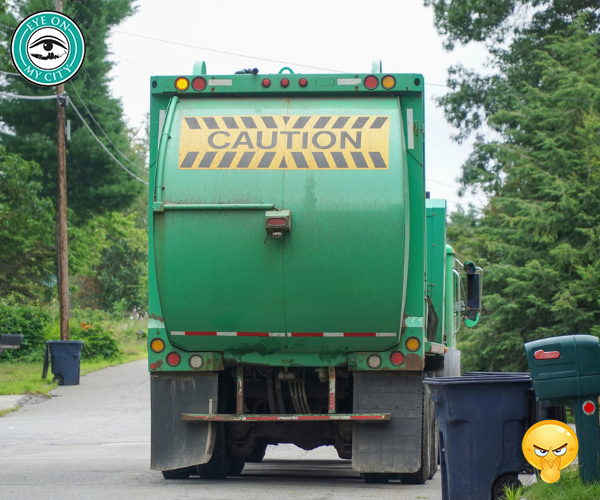
With all the focus on infrastructure needs in the city, Eye on Jacksonville has been trying to find out what has been done in the past and what needs to be done in the future, as well as the cost.
We have had some success.
Recently, we learned that 6,600 septic tanks have been taken out of service. Although these devices have been approved for use by the city, and pronounced safe by the state government, faulty ones are considered a health hazard and there is a push to replace them.
Replacement in the past has been a homeowner cost. The current plan is for taxpayers to pay for the property improvements.
When septic tanks are removed the waste has to go somewhere, so homeowners are required to tie into city sewer lines, if there are any.
In the past, that has been a cost to the property owner. Henceforth, the city intends to lay the cost on the taxpayers.
Various people, for various reasons, have suggested that little or nothing has been done about infrastructure needs for 50 years.
In addition to the removal of 6,600 septic tanks, Eye also has learned the city has added 740 miles of sewer lines since 1968, and the total is now approximately 3,900 miles of lines underneath the 840-square mile city.
Also, since 2008, the city has collected more than $318 million in storm water fees to be spent primarily on drainage improvements but also on septic tank removal.
Only a third of that money actually went into the ground. The rest was spent on administrative expenses.
“The storm water fee was not focused on removing septic tanks…its focus was on storm water management. The fee covers storm water management operations and capital improvements with a key focus on storm water flood control and surface waters quality,” Public Works Director John Pappas said.
“A component of the surface water quality improvements did include a small component of septic tank phase-out, as it has been determined that septic tanks (given the appropriate circumstances) can adversely impact surface water quality. Consequently, the storm water utility did fund the elimination of some of septic tanks that were identified to adversely impact surface waters…but only in locations where the JEA sanitary sewer infrastructure was already in place. The program would cover the costs to remove the problem septic tank and connect the property owner to the existing sanitary sewer system…another partnership program with JEA.”
Infrastructure also is addressed in the annual capital outlay plan, which runs around $100 million and up.
The city also spent $1 billion on roads in the past 20 years, using the proceeds from a sales tax increase. They plan to extend that tax for decades to pay for city pensions.
Despite all the money spent, city officials have not been keeping up with development. In 1968, there were 30,000 septic tanks. Today there an estimated 65,000, they say, even after the removal of 6,600.
However, because new septic tanks must have a health permit before being installed, most of those presumably are functional and the city is policing the maintenance homeowners are required to provide.
Another priority recently was added. City officials plan to prepare for flooding. As yet, no cost has been put on that effort because no formal plan has been devised.
The chart below shows the septic tank removals, according to the JEA.

The last two and a project in an area called Christobel, which has 509 lots, were estimated to cost $30 million but the city ran out of money. The latest estimate is $84 million and Mayor Lenny Curry has said it will be done.
If all potential connections were made, that would be 1,544 connections. Each would be $54,404 if the total cost were $84 million.
At that rate, eliminating 65,000 septic tanks will be an expensive proposition, even if it is stretched over a number of years.
Before 2016, homeowners were required to pay for their connection to city sewer lines. Since 2016 the policy has been to provide them free. The typical charge for a connection was about $2,000, paid to JEA. The homeowner also had to pay a plumber to connect his home to the meter. That also is now courtesy of the taxpayers.
The city uses a priority list to determine where connections will be made available. It gives a high priority to low-income neighborhoods. It also requires 70 percent of the homeowners to agree to hook up.










